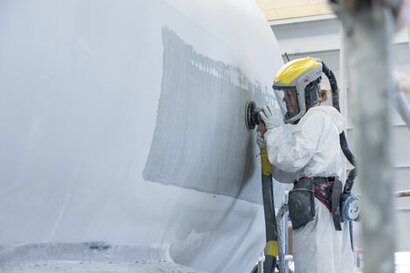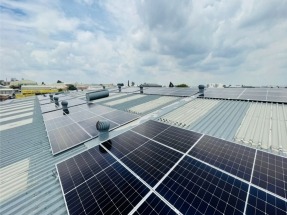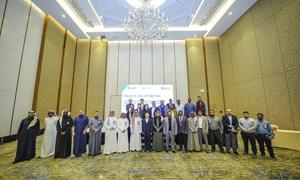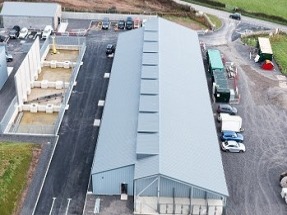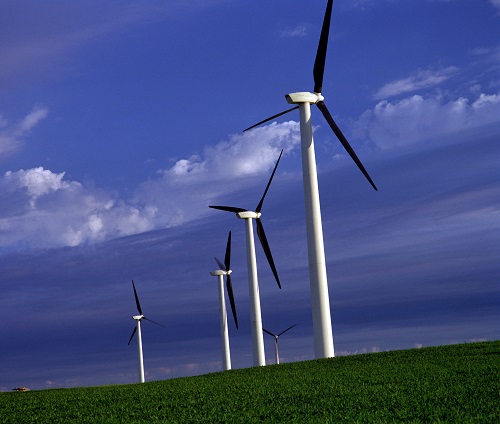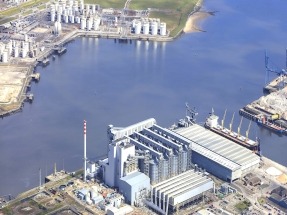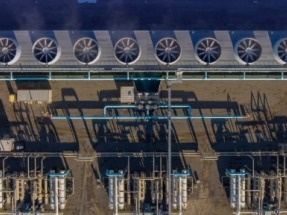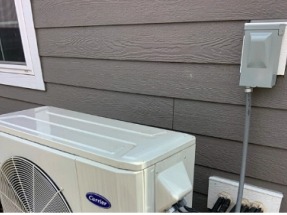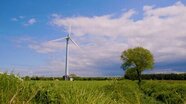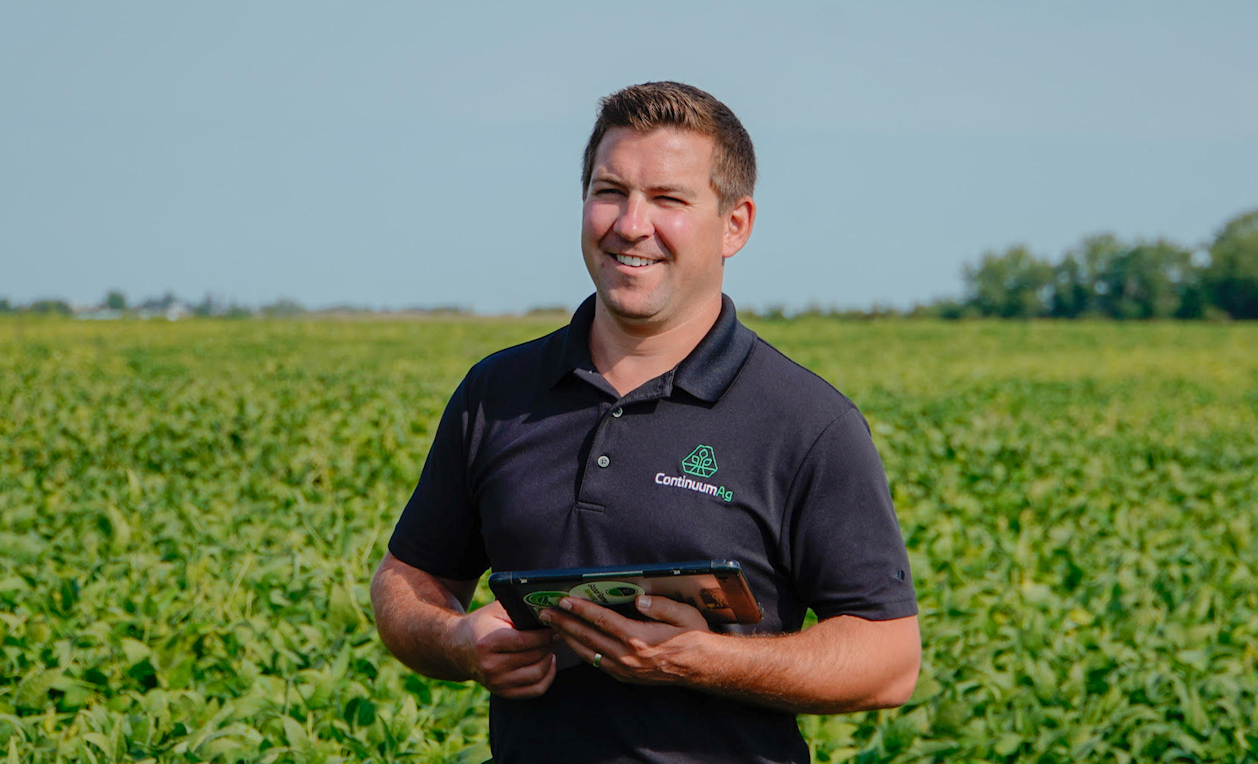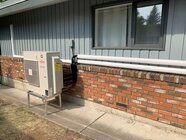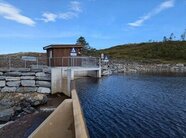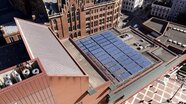Blade finishing includes trimming excess material after molding and grinding blade surface to meet quality requirements. The programme’s vision is to leverage knowledge of advanced composite processing together with sensing, robotics and automation to develop low-cost solutions for wind blade finishing with potential to increase throughput by 30 percent and improve EHS in factories.
Despite the COVID-19 pandemic, the team moved rapidly from concept to prototype boosted by the capabilities offered at NREL’s Composites Manufacturing Education and Technology (CoMET) facilities to perform quick proof of concept trials on blade sections.
The team was then able to collaborate with engineering, operations and EHS group at a LM Wind Power factory in Grand Forks, North Dakota to perform successful trials on an actual wind turbine blade in production. The process innovations were supplemented with agile program management to pivot as necessary and leverage digital tools to perform virtual validations and reviews with partners.
The programme is supported by funding from DOE’s Advanced Manufacturing Office (AMO) and Colorado’s Office of Economic Development and International Trade (OEDIT). AMO, through the Institute for Advanced Composites Manufacturing Innovation (IACMI), awarded NREL $800,000. This was matched by $400,000 from OEDIT, with $600,000 in company matching contributions.
“GE Renewable Energy is excited about the outcome of pilot project and look forward to industrialising this technology” said Arvind Rangarajan, Technical Leader Automation for GE Renewable Energy, industry lead for the programme.
For additional information:


